Throwback Thursday is when we trawl through the That's archives for a work of dazzling genius written at some point in our past. We then republish it. On a Thursday.
Once upon a time, there was a glittering prize in boxing in the East – being Champion of the Orient. Fighters from near and far came together to battle for the honor of wearing those belts and collecting the purses that went with them. They fought for the chance to move to the next level, the big leagues. To California, and maybe even a shot at a world title.
In the inter-war years, the ‘Oriental Circuit’ spanned the region – from the always-sweltering Manila Arena and Singapore’s Happy World in the Badlands of Geylong, to Ipoh’s Jubilee Park and Batavia’s Deca-Park – known for its knock-down-and-drag-out fights – and the Bukit Bintang Amusement Park in Kuala Lumpur. But the ring where the crowds were largest, the betting heaviest and the fighters always at the top of their game was in China: The Canidrome Gardens in Shanghai’s Frenchtown.
Technically, the Oriental Circuit was built on smaller, lighter-weight Asian fighters – Manilamen, Siamese sensations, tough guys from Java – but participants also came from Japan, Egypt, Siberia. Amid the heavier-weight talent – either hungry at the start of their careers or serving time at the end – were those passing through from Australia and England. US Marine champions stationed in China fought at heavyweight, as did British Highlanders up from the Hong Kong Garrison and Japanese elite forces from occupied Northeast China.
Among these was a smattering of home-grown foreign talent too – notably the great welterweight Andre ‘The Hammer’ Shelaeff, a White Russian priest’s boy, fighting out of Harbin and always with the support of the local foreign crowd, whether he fought in Heilongjiang, Tianjin or Shanghai.
There were events almost every night somewhere – Singapore, Shanghai, Manila, KL, all with official rankings, promoters, bookies, trainers and boxing hacks dedicated to reporting ringside gossip. Some of the Oriental Circuit came to be legends, made big purses and had good-enough scorecards to qualify them for Madison Square Garden some day. Others crashed and burned, as so many fighters do – retiring to run restaurants, eke out livings giving exhibition bouts in remote encampments of the British Raj or, in a few sad cases, not even making it out of the ring alive.

The circuit was brutal and gruellingly hard, sometimes requiring touring fighters to box several 10-round bouts a week, mostly outdoors, often in intense humidity. Andre Shelaeff once sailed from Manila to Singapore, training on deck, arrived and fought the next evening in the sweltering heat at the Happy World, before boarding another ship over to Shanghai for more bouts, this time in the freezing cold. This was journeyman boxing, right across Asia.
Shelaeff fought at the most popular weight in Asia: welterweight. In his brief but busy career, he fought most of the ranked welterweights in the region. George H. Burdett, aka ‘Clever Henry,’ a Honolulu-based Filipino fighter, didn’t look too clever at one minute and 50 seconds past eight o’clock, unconscious on the canvas of the Manila Arena. Fuge Moroto, known as the ‘Japanese Wonder,’ looked even less wonderful when he crumpled and went down from a trademark Shelaeff right hook to the jaw in the first 10 seconds.
The Hammer came to Shanghai’s swank Canidrome in June 1937 and KO’d Billy Addis, the ‘Marine Ace’ and a serving soldier stationed in Shanghai. The Fourth Marines in the arena that night went home pissed (in every sense); Shanghai’s betting community went home rich.
But boxing everywhere has its dark side. Shelaeff visited Singapore’s Happy World Arena and went eyeball-to-eyeball with the Filipino champion Lucio ‘Young’ Alde. Young Alde, never KO’d before in a long professional career spanning 200 fights in 15 years, went down on the canvas in the first minute. Harbin and Shanghai’s White Russian Wonder and favorite was Welterweight Champion of the Orient, but everyone thought Alde took a backhander and a dive.
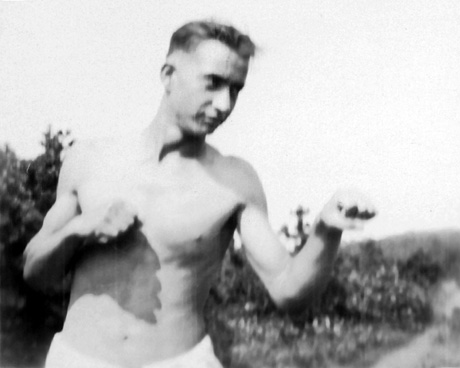
George Salvador
Championship belts have to be defended, though, and so the championship came to the Canidrome. July 20, 1938 – Shelaeff versus the Russian George Levchenko, 10 three-minute rounds. Levchenko came with rep but Andre was buzzing on the Shanghai crowd’s vibe. He pummeled Levchenko, flooring him in the second round – twice. The second time it was a devastating trademark Shelaeff right hook and the heavier Siberian didn’t get up. The belt stayed with Shelaeff. Shanghai wanted more of The Hammer.
And Young Alde wanted a rematch, a final fight before he retired. Shanghai was the place to cash out in the most spectacular way. A sweltering August night in 1938 – rumor says that more money was bet that evening than on any other single fight in Shanghai’s history. As ever, Alde put up a tough fight and never backed away from the punch – he went the 10 rounds, but Andre was younger, faster, hungrier –though he never managed to land that lethal right-hook of his on Alde’s jaw.
The ref came out with a judge’s decision and called it a draw – boos from all sides, bottles flying at the ring, bookies cringing. Minutes later, the ref came back as the crowd were starting to file out and admitted that he’d added up the numbers wrong: Shelaeff had won on points – the belt stayed his.
Shanghai’s gamblers got a massive payday, but few believed that, in those precious few minutes between announcements, the fix hadn’t gone in. Who fixed the fight? It’s a secret Old Shanghai has yet to have given up! It was also the last great fight night at the Shanghai Canidrome before the war came in full force and swept those crowds away on a tide of history.
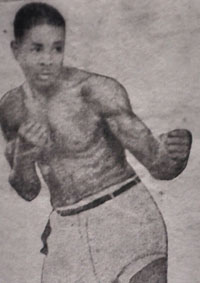
Gunboat Jack
And with them names that were once legends. Who now remembers ‘Gunboat Jack,’ a black fighter, born James Colzie, and originally out of Lawrence, Massachusetts? Beltless, Gunboat quit the Orient and finished his career fighting exhibition bouts in Rangoon and India to semi-appreciative crowds; or ‘Young Frisco,’ Aka Francisco Eusebio out of Pasay City, whose loyal female following was down to his suave Latin looks; Mohammed Fahmy, the Egyptian champion who toured the Far East; the great Arab fighter Mohamed Noor bin Bahiek, aka ‘Joe Diamond,’ who’d been born in Mecca and had a big Muslim following. Gambling haram? It didn’t seem that way when Diamond fought in the Dutch East Indies or the Federated Malay States. And let’s not forget the legendary Siamese fighter Nai Som Pong, who eventually retired to concentrate on running his successful restaurant in Bangkok.
All long gone now, all prize fighters in their day, great light and welterweights who graced the ring of the Canidrome Gardens in Frenchtown. The Oriental Circuit was destroyed by the war. Soon enough, US Marines were fighting Japanese Marines for real – and to the death. And the Asia that emerged from 1945 was too radically changed to restart the former circuit.
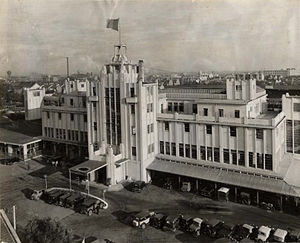
The Canidrome Gardens
The venues are all gone now – Happy World in Geylong to development, Bukit Bintang in KL long-forgotten as the shopping malls have risen up. The Canidrome limped on through various incarnations until, in 2006, the wrecker’s ball totaled the entire complex, including the magnificent and architecturally stunning Canidrome Ballroom that had hosted the celebrating winners and their entourages on fight nights.
The fighters are pretty much all historical footnotes now. Most never made it to the big leagues, nor got big title bouts – they fought, they won or lost, collected their purses and moved on to the next city, the next arena and prize. The Oriental Circuit passed into history – Ko’d for eternity.
This article first appeared in the June 2013 issues of That's Shanghai and That's Beijing. To see more Throwback Thursday posts, click here. For more history stories, click here. For more on Paul French, click here.





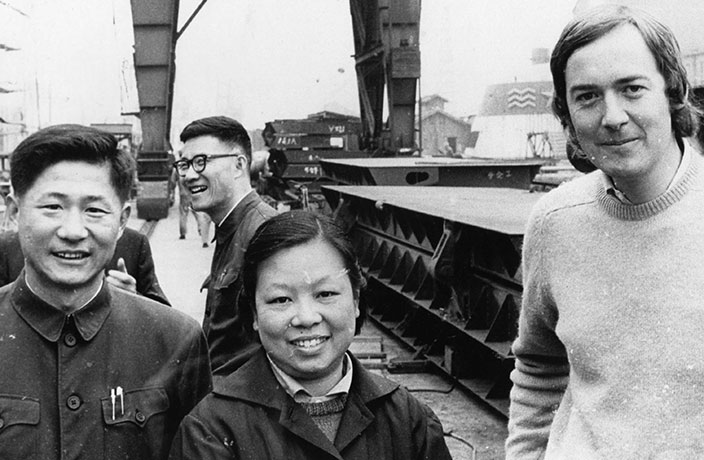
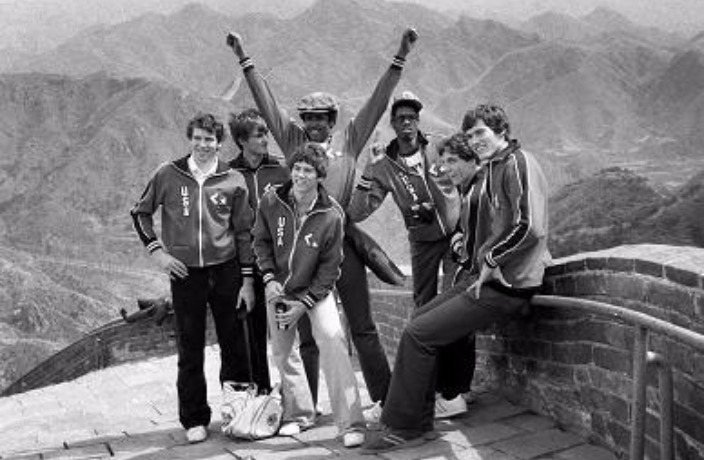
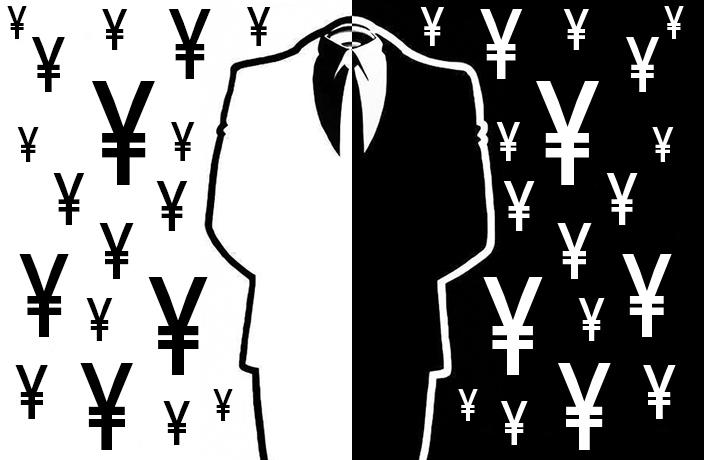














0 User Comments